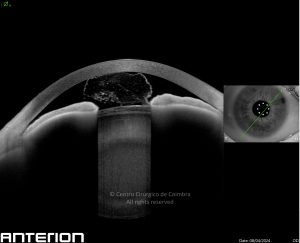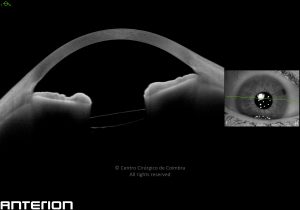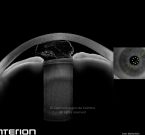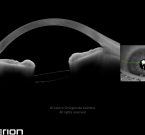The Zonule of Zinn (known also as the ciliary zonule or the suspensory ligament of the lens), located immediately behind the iris, is the circunferential system of fibrous strands connecting the lens to the ciliary body, that is responsible for centration of the lens. The tension exerted by the zonules on the lens is modulated by the contraction or relaxation of the ciliary muscle. The tension exerted by the zonules on the lens is modulated by the contraction or relaxation of the ciliary muscle.
Rupture of zonular fibers and subsequent lens dislocation (ectopia lentis) can result from blunt force trauma or be a sequela of other eye diseases. Pseudoexfoliation, high myopia, history of PPV or trabeculectomy, uveitis, retinopathy of prematurity or aniridia are conditions that cause a disturbance of the blood aqueous barrier and can lead to weak zonules.
Abnormal zonular fibers that affect the position and shape of the lens may play an important role in the pathogenesis of angle closure disease. Also, a zonular fiber rupture with internal prolapse of the vitreous body without dislocation of the lens may occur. Loose vitreous in the anterior chamber is almost transparent and it presence is most characteristically betrayed by fine pigments particles trapped in its meshes, jiggling in association with slight movements of the eye. The loose vitreous are readly recognizable in the pupillary portion of the anterior chamber.
Capsular tension rings and related endocapsular devices are used to provide sufficient capsular bag stabilization and ensure the safety of cataract surgery procedures.









